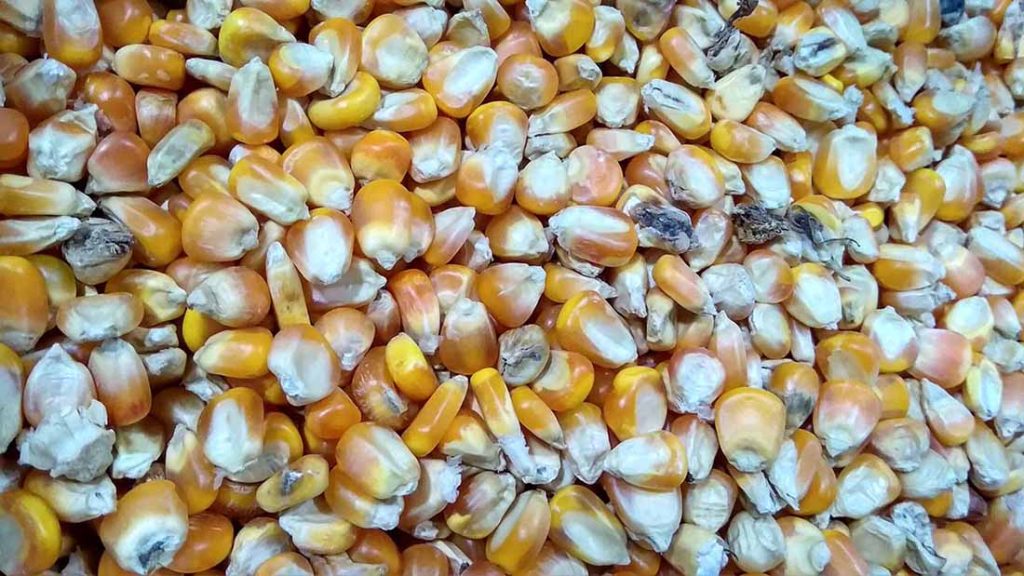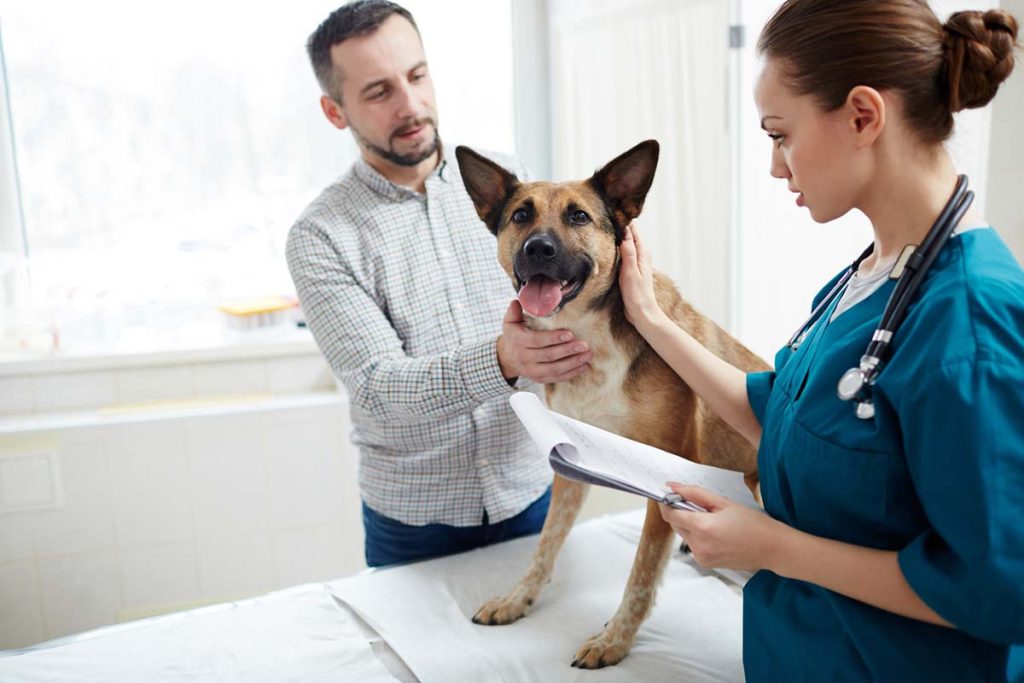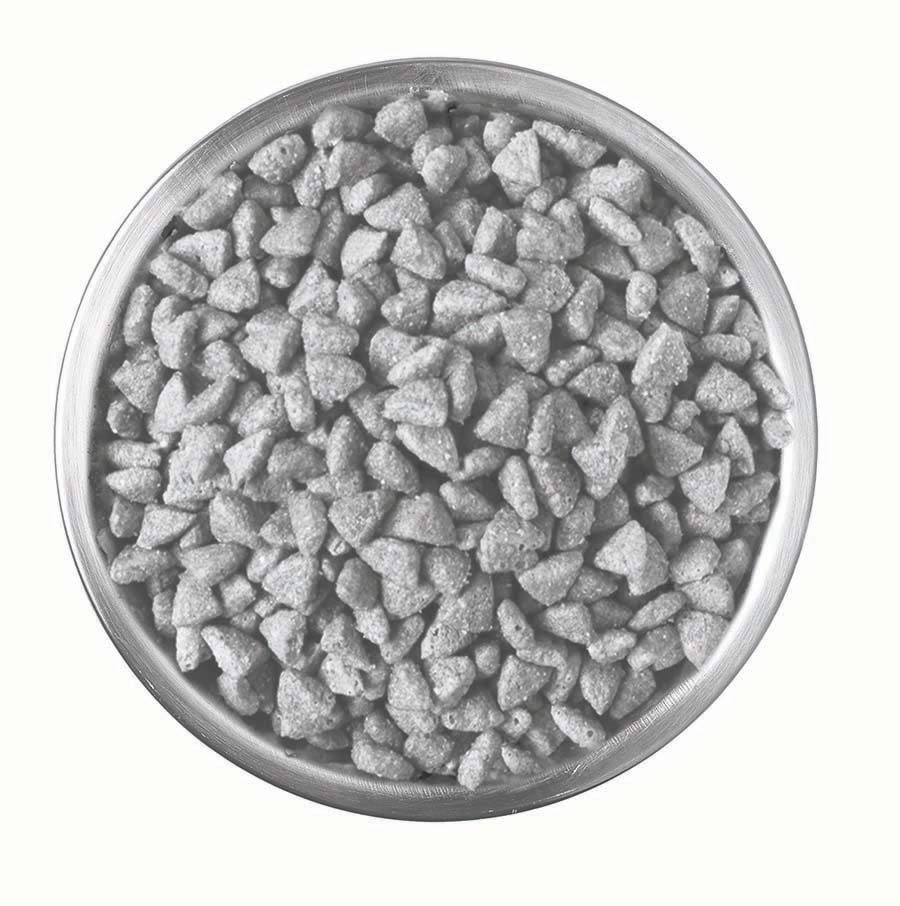As loving pet parents, you want to make sure your dog stays as healthy as possible. You probably try to be as careful as possible when it comes to what they eat and other aspects of their life that affect their health. But there are things that you might not be aware of that can affect your dog’s health. Moldy food, or mycotoxin poisoning, is one example. It can cause something called mycotoxicosis, and it can be very dangerous for your dog’s health.
Here’s what you need to know about mycotoxin poisoning in dogs.
What is Mycotoxicosis?

Mycotoxicosis is just a fancy word for mold poisoning. It affects your dog in a way that is similar to you when exposed to mold toxins. Since humans have such a complex immune system, you may even fare better when exposed to mold than your dog will.
It is worse for certain dog breeds, such as brachycephalic breeds like pugs or bulldogs, because they are prone to respiratory diseases prompted by exposure to molds. Even if your pooch is not this type of dog, however, they can still be affected.
While not all mold species out there are toxic, they can cause harm. Some of the more common types of molds found in homes are Aspergillus, Cladosporium, and Stachybotrys. Sometimes, it’s not the fungus itself that is causing the problem, but its secondary metabolites.
For example, tremorgenic mycotoxins from fungi like certain Penicillium species that commonly grow on meat, cereal, nuts, cheese, eggs, or fruits. This species also occurs in processed and refrigerated food as well as in refuse and compost piles.
Poisoning with tremorgenic mycotoxins can have a rapid onset and become life-threatening in a short period of time. Among the clinical signs are muscle tremors, which is where the name comes from.
Of course, any mold intoxication that occurs can cause serious health problems if it goes untreated. So, how does toxicosis with molds occur?
How Are Dogs Exposed to Mold?
There are three categories of causes or exposure to molds in dogs. The first is from inhaling mold spores, the second is the ingestion of moldy foods, and the third is the result of allergic reactions to mold.
Inhaling Mold Spores
Many mold spores are present in indoor and outdoor environments, and the type and amount can determine the potential risks to human and animal health. Moreover, the number of airborne mold spores outdoors varies in accordance with the season and weather conditions.
While outdoor mold spores can sometimes cause problems, most of the time, people and animals become accustomed to them. In the indoor environment, however, accumulated moisture can create ‘mold factories’ where mold growth occurs.
These are usually in areas of the home where moisture often accumulates, like window sills, in bathrooms around sinks and toilets, and around kitchen sinks. These can produce mycotoxins in the indoor environment.
When this happens, depending on the types and levels of mold spores that your dog inhales, they can create certain health problems. Often, these can be successfully treated, but if you don’t take care of the environmental problems, the physical health problems will recur.
Ingestion of Toxins via Moldy Foods (Including Kibble)
As you probably know, your pooch likes to eat or chew on the things they encounter in their environment. This is one of the ways they experience what’s around them. Sometimes, it can be hard to keep them from ingesting something that could be harmful to them.
They might ingest moldy foods if they get into the trash or eat something outdoors. Additionally, they can get into moldy refrigerated food that you throw out. They can also encounter that in compost piles.
It’s also possible that their dry dog food can develop mold growth that can be harmful. Aflatoxins can grow on fillers used in kibble like corn. Even if it’s not visible to the naked eye, it can still be present. Keep your pet food fresh and well-sealed.
Trash cans that have locking lids can prevent access to toxic substances that you throw out. If you have a compost pile, you might want to put a fence around it or otherwise prevent your dog from gaining access to it.
Allergic Reactions to Mold
Unlike allergies to pollen, mold allergies can affect your dog year-round. Depending on the environmental conditions, the symptoms of a mold allergy can come and go, making it more difficult to identify the problem.
Usually, these mold allergies develop between the ages of 6 months and three years, but that’s not a hard and fast rule. Dogs of any age can suffer from such an allergy.
Usually, the symptoms of such allergies manifest in some way on the skin, and that’s one way to identify the problem. If that is the case with your pooch, and if the symptoms come and go, you’ll want to take your dog to get veterinary care when the symptoms are present.
You can check their skin periodically for signs of irritation like redness or rash. Additionally, it’s helpful to check your best buddy’s bed for moisture as mold can develop there.
What are the Symptoms of Mycotoxicosis?

Depending on the type of exposure, there are different symptoms of mold poisoning. Let’s take a look at symptoms in each of the categories.
Symptoms of Mycotoxin Poisoning via Inhalation
If a dog has inhaled mold spores, some of the symptoms pet owners might see include the following:
- Wheezing, sneezing, or coughing
- Difficulty breathing
- Lethargy
- Nasal discharge
- Nose and/or mouth bleeding
Symptoms of Mycotoxin Poisoning via Ingestion of Mold
If the source of your dog’s toxicosis is via ingestion of mold spores, you might see these symptoms:
- Decreased appetite
- Vomiting
- Tremors
- Ataxia or difficulty walking or with balance
- Stool changes (sometimes with blood)
- Seizures (if a significant amount is ingested)
Symptoms of an Allergic Reaction to Mold
Finally, if your dog is having an allergic reaction to mold, you might see these symptoms:
- Inflamed or irritated skin
- Excessive scratching, licking, biting, or chewing
- Fur loss
- Skin dryness and scaliness
- Unnatural skin odor
How Do You Know If It’s Mold?
As a loving pet parent, you likely follow your pet’s health closely. Still, before you make any assumptions or try to treat anything, legitimately confirm the problem. Sometimes, mold poisoning can resemble other health problems, so you want to make sure.
Of course, if you see mold growth, you must know it’s possible your dog can be affected by it. But you might not be aware of it. Here are some things you can do to check.
- Check the humidity levels in your home. If they are above 50% – 60%, it’s possible for mold growth to occur. The Environmental Protection Agency (EPA) recommends that your humidity levels should not exceed 30% – 40%.
- Musty or damp smells are indicative of mold growth. The smell comes from the mold spores that are present.
- Check to see if your home has a history of leakage or flooding, as that can create an environment for mold growth.
- Pay attention to any symptoms you might be having as well, such as headaches, nosebleeds, or problems breathing.
If you do suspect you might have a mold problem, you’re probably going to need to hire mold contractors to confirm that and help treat the problem. As for your dog, he will need a visit to the veterinarian for a checkup and possible treatment.
You should also check your dog’s food for mold before you feed it to him. Keeping fresh food on hand can help prevent any problems from developing.
It’s also a good idea to keep his food in an airtight plastic container and keep an eye on him when he’s outdoors to make sure he doesn’t get into something he shouldn’t. Finally, keep your trash cans away from where your dog can get into them or put locking lids on them so he can’t access what’s inside.
How is Mold Exposure Treated in Dogs?

The most important thing you can do to treat a dog exposed to mold is to get him to a veterinarian. They may run a series of tests depending on the type and nature of the exposure.
They will likely check your dog’s vital signs like his heart rate, body temperature, and blood pressure. If the exposure was witnessed and via ingestion, they may do something like check his stomach contents and give him activated charcoal to absorb the majority of the toxic substance.
If your dog has suffered vomiting and diarrhea, he may be dehydrated and need IV fluids to replenish his electrolytes and hydration level. Your vet might also do certain toxicology tests to determine the specific source of the problem.
If exposed to tremorgenic mycotoxins, your DVM might give him something like methocarbamol to relax his spasms. Other medicines like diazepam and barbiturates, including pentobarbital and phenobarbital, can help with that as well.
For roquefortine and mycotoxin penitrem A poisoning, which are molds that commonly grow in compost piles and decaying trash, the treatment might involve gastric lavage to remove the stomach contents, followed by activated charcoal to absorb residual toxins and diazepam to control any seizures.
Beyond that, treatment will likely include supportive care. If he’s suffering from hyperthermia, for example, your vet will take measures to reduce his temperature.
It’s imperative, however, that you also focus on the decontamination of any environmental factors that are contributing to the problem. You should specifically pay attention to areas of your home where your dog spends most of his time.
Try Fresh Food
Recipes at JustFoodForDogs are made in consultation with a team of veterinarians, including board-certified veterinary nutritionists. Our efforts have paid off, too, as our dog food was used in a study and proven to be one of the first brands to be mycotoxin-free!
This content is for informational use only and does not replace professional nutrition and/or medical advice, diagnosis, or treatment. It is not a substitute for and should not be relied upon for specific nutrition and/or medical recommendations. Please talk with your veterinarian about any questions or concerns.
